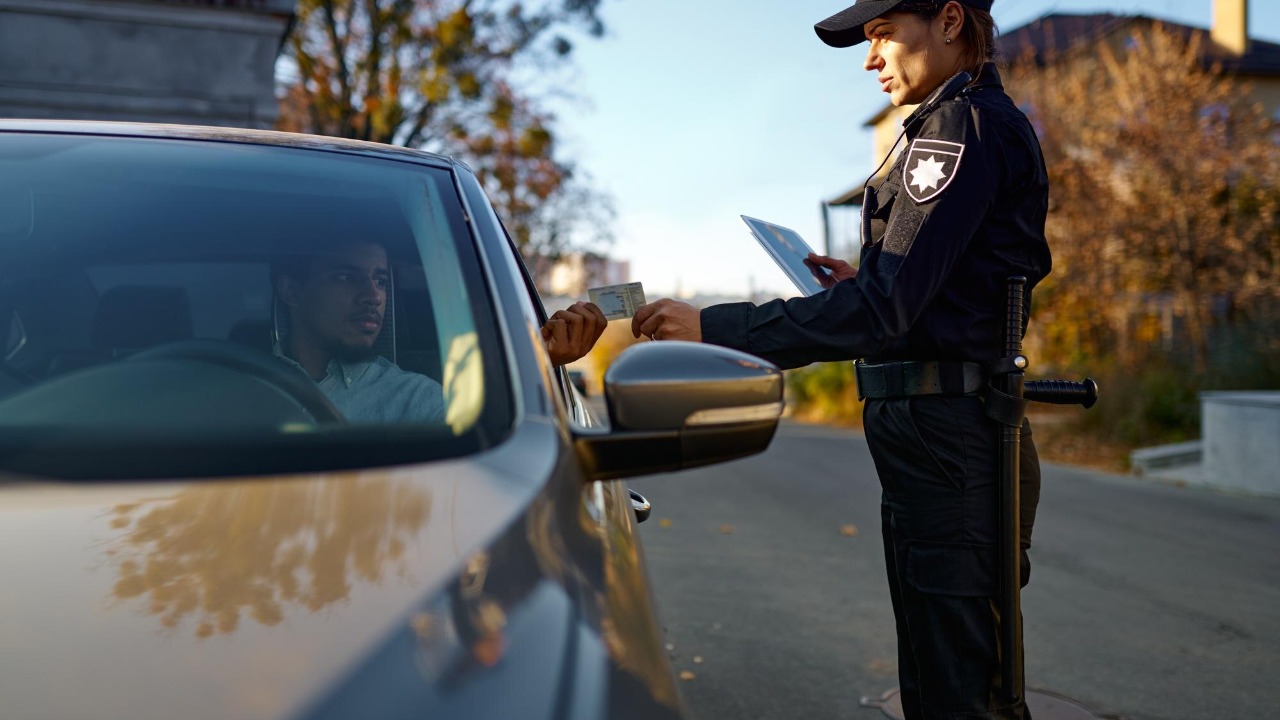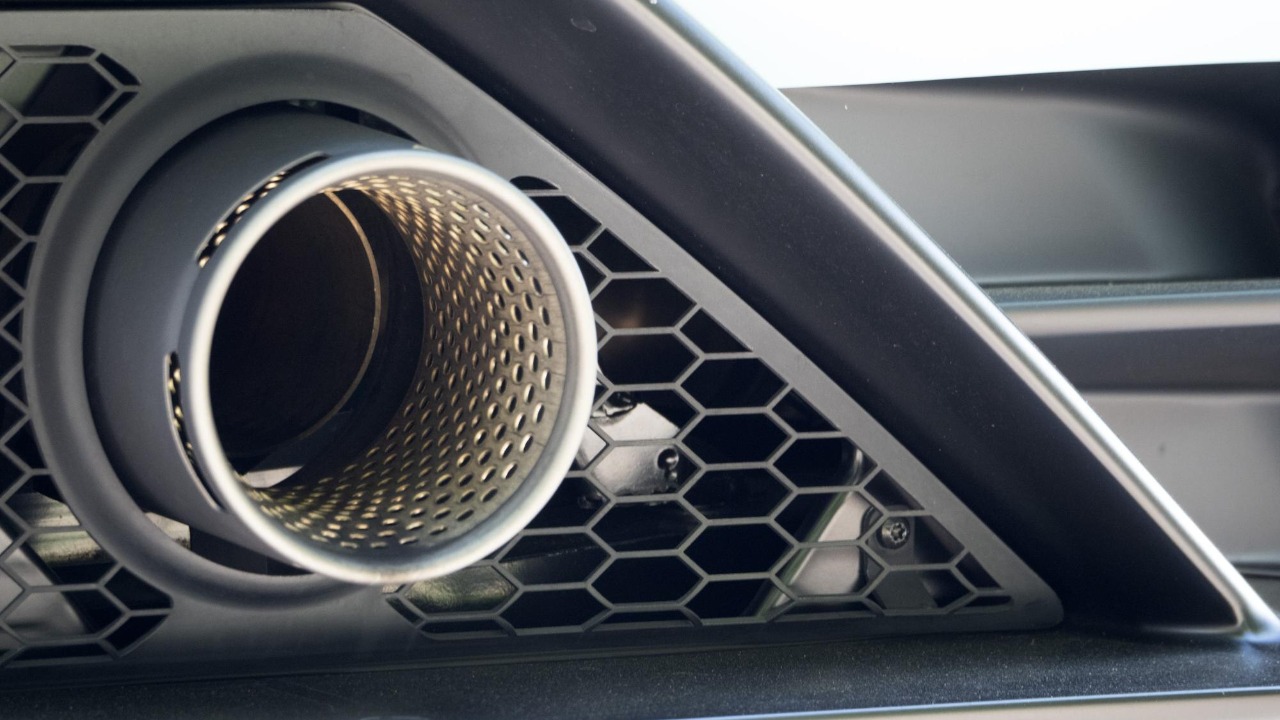
In recent years, the noise pollution caused by excessively loud vehicles has become a significant concern for urban dwellers and city officials alike. A new law focusing on curbing noise pollution may soon lead to stringent crackdowns on loud cars. This legislation could reshape the urban soundscape and address public health concerns related to noise disturbances.
The Growing Concern of Noise Pollution

Noise pollution in urban areas has been escalating, with a notable increase in complaints about loud vehicles. According to a report by the New York City Council, noise complaints have surged, particularly concerning modified cars and motorcycles equipped with aftermarket exhaust systems. The incessant roar of engines and blaring music contributes significantly to the overall noise levels in cities, prompting residents to demand action from local authorities.
The health impacts of noise pollution are well-documented. Studies have shown that exposure to high levels of noise can lead to stress, sleep disturbances, and even cardiovascular problems. The World Health Organization has identified noise pollution as a major environmental health risk, emphasizing the need for effective measures to mitigate its effects. Individuals living in areas with high noise levels often report increased stress and anxiety, affecting their overall quality of life.
Public sentiment regarding noise pollution is increasingly vocal. Surveys and public opinion polls reveal a growing frustration among urban residents, with many expressing support for stricter regulations on loud vehicles. A recent poll conducted in New York City found that over 70% of respondents favored stronger enforcement measures to curb noise pollution. This strong public backing underscores the urgency of addressing the issue.
Key Features of the New Law

The new legislation aims to tackle noise pollution by targeting excessively loud vehicles. The law includes several key components designed to reduce noise levels in urban areas. One of the main features is the implementation of noise cameras, which are equipped with advanced sensors to detect vehicles exceeding permissible noise thresholds. These cameras are strategically placed in high-traffic areas to monitor and identify offenders.
Enforcement mechanisms are a crucial aspect of the legislation. The use of noise cameras allows authorities to capture evidence of noise violations and issue fines to offenders. This technology has been successfully implemented in other cities, such as Paris and London, where it has led to a reduction in noise-related complaints. The law also includes provisions for increased penalties for repeat offenders, further deterring individuals from modifying their vehicles to produce excessive noise.
Comparisons to similar regulations in other regions highlight the effectiveness of such measures. In Germany, for instance, authorities have implemented strict crackdowns on street car tuning, particularly during the summer months when car enthusiasts gather for events. The German police’s approach has been successful in reducing noise levels and ensuring compliance with noise regulations. Click here to learn more about Germany’s efforts.
Challenges in Implementation

While the new law holds promise, there are several challenges associated with its implementation. Deploying and maintaining noise-detection technologies can be complex and costly. Ensuring that the noise cameras accurately capture violations without errors will require significant technological investment and expertise. Additionally, integrating these systems into existing traffic infrastructure may pose logistical challenges.
Legal and civil liberties concerns are also potential hurdles. Some individuals may argue that the use of noise cameras infringes on privacy rights and the rights of vehicle owners. Balancing the need for effective enforcement with respect for individual liberties will be a delicate task for policymakers. Legal challenges could arise, potentially delaying the full implementation of the law.
Resource allocation is another critical consideration. The financial and logistical resources required to enforce the new law effectively are substantial. Local governments will need to allocate funds for the installation and maintenance of noise cameras, as well as for training personnel to manage the system. Without adequate resources, the law’s impact may be limited.
Reactions from the Community

The introduction of the new law has elicited mixed reactions from different segments of the community. Car enthusiasts, particularly those involved in the tuning community, have expressed concerns about the impact of the law on their hobbies. Many fear that the regulations could stifle creativity and innovation in car modification. Some enthusiasts have even organized protests, arguing that the law unfairly targets their community.
In contrast, support from residents affected by noise pollution has been strong. Many urban dwellers welcome the law as a necessary step towards improving their quality of life. Testimonials from residents highlight the disruptive nature of loud vehicles and their desire for a quieter living environment. A resident from New York City expressed relief at the prospect of reduced noise levels, stating, “It’s about time something was done to address this issue.”
Experts in urban planning and environmental health have weighed in on the potential impact of the law. Urban planners emphasize the importance of creating livable cities with reduced noise levels, while environmentalists point to the broader benefits of decreased noise pollution on ecosystems. Legal experts, on the other hand, caution that the law must be carefully crafted to withstand potential legal challenges. Read more about the community’s response here.
Potential Outcomes and Future Directions

In the short term, the implementation of the new law is expected to lead to noticeable changes in noise levels and community satisfaction. Cities that have adopted similar measures have reported positive outcomes, with residents experiencing quieter streets and improved well-being. The law’s success will depend on effective enforcement and public compliance.
Looking ahead, the long-term implications of the law could extend beyond noise reduction. The legislation may influence car culture, encouraging manufacturers and enthusiasts to prioritize quieter vehicle designs. Urban planning strategies may also evolve to incorporate noise reduction measures, further enhancing the livability of cities. Over time, the law could contribute to a broader cultural shift towards sustainable and environmentally friendly urban living.
Future legislative trends may be shaped by the outcomes of this law. As cities worldwide grapple with noise pollution, the success of this legislation could serve as a model for other regions. Policymakers may draw inspiration from its provisions to develop comprehensive strategies for noise management globally. The potential for international collaboration on noise pollution regulations could pave the way for a quieter and healthier future. Explore future legislative trends here.